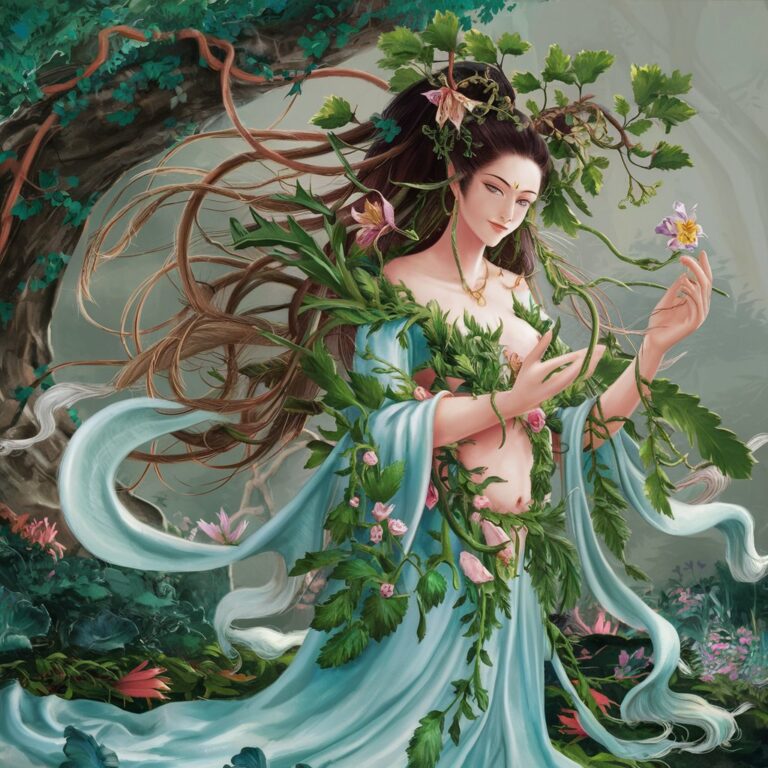In an era where stress and disconnection dominate daily life, many are turning to ancient philosophies to restore balance and meaning. Tonghou (通候), a centuries-old Chinese practice rooted in Daoist and Confucian traditions, offers a profound yet practical approach to cultivating harmony—both within oneself and with the surrounding world.
Unlike Western self-help trends that often prioritize individual achievement, Tonghou emphasizes the interconnectedness of personal well-being, community relationships, and environmental stewardship. The term itself translates to “passage through attentive waiting,” reflecting its core principle of mindful presence in all actions. This article explores the origins of Tonghou, its guiding principles, and how contemporary practitioners are adapting its wisdom to address modern challenges like burnout, social fragmentation, and ecological disconnection.
1. The Historical Roots of Tonghou: Wisdom from Imperial China
Tonghou traces its origins to China’s Ming Dynasty (1368–1644), where scholar-officials developed it as a counterbalance to the rigid hierarchies of imperial bureaucracy. These mandarins practiced Tonghou through three daily disciplines: morning tea rituals to align with natural rhythms, calligraphy sessions to cultivate patience, and evening walks to observe seasonal changes in their surroundings.
The philosophy gained prominence through texts like The Unfolding Scroll, a 16th-century manual that framed governance as an extension of personal harmony. Unlike the dramatic asceticism of monastic traditions, Tonghou was designed for engaged living—its practitioners were often government administrators who applied its principles in policymaking, favoring gradual reform over forced change. This historical context reveals Tonghou as a philosophy forged not in retreat from society, but in the crucible of civic responsibility.
2. The Five Pillars of Tonghou Practice
Modern interpreters distill Tonghou into five actionable principles that resonate across cultures:
-
Shìjué (视觉) – Observational Seeing: Training perception to notice subtle patterns, from a colleague’s unspoken stress to shifts in local ecosystems. Urban practitioners might apply this by documenting daily changes in a neighborhood tree.
-
Wèiyǎng (喂养) – Nourishment Rituals: Transforming meals into meditative acts, such as eating seasonal foods in order of their growing sequence (roots first, then leaves, fruits last).
-
Gòngmíng (共鸣) – Resonance Building: Creating “sound chambers” in conversations where speakers pause three breaths before responding, ensuring replies emerge from deep listening.
-
Xiūqì (修器) – Tool Cultivation: Maintaining everyday objects (like a chef’s knife or gardener’s shears) with the care given to ritual objects, acknowledging their role in shaping experience.
-
Huántà (缓踏) – Slow Stepping: A walking practice where each footfall completes three phases (heel, arch, toe) to ground awareness in movement.
These pillars reject productivity culture’s urgency in favor of purposeful rhythm—a revolutionary stance in today’s hustle economy.
3. Tonghou in Contemporary Life: From Therapy to Urban Design

Forward-thinking applications demonstrate Tonghou’s versatility:
-
Corporate Training: Shanghai tech firms use modified Wèiyǎng rituals in cafeterias to reduce workplace stress, reporting 40% fewer afternoon fatigue complaints.
-
Ecotherapy: Japanese “forest bathing” guides incorporate Gòngmíng techniques to deepen nature connection, with studies showing boosted immune function in participants.
-
Architecture: A Singapore housing project arranged units around Xiūqì principles, featuring tool-sharpening stations in communal areas to foster skill-sharing.
-
Digital Detox: Apps like SlowType introduce Huántà concepts by delaying message sending with breathing animations—a counter to impulsive communication.
Even Silicon Valley executives now host “Tonghou dinners” where devices are locked in clay pots during meals, reviving Ming-era focus rituals.
4. The Science Behind Tonghou’s Benefits
Recent research validates ancient claims:
-
fMRI scans reveal that Shìjué practice thickens the posterior cingulate cortex, enhancing environmental awareness.
-
Adopting Wèiyǎng eating patterns improves gut microbiome diversity comparable to probiotic supplements.
-
Gòngmíng-style pauses in conversations increase empathic accuracy by 27% in conflict resolution studies.
Neuroscientists speculate that Tonghou’s power lies in its multi-sensory integration, engaging body, mind and environment simultaneously—a stark contrast to fragmented modern attention.
5. Practicing Tonghou Today: Simple Daily Exercises
Integrating Tonghou requires no special equipment:
-
Morning Tea Observation: Spend 5 minutes noting how steam swirls, leaves unfurl, and warmth spreads through your hands before drinking.
-
Commuter Mapping: Sketch your daily route from memory, then walk it while adding three previously unnoticed details (a crack in pavement, a bird’s nest, a shopkeeper’s routine).
-
Tool Appreciation: Once weekly, clean and sharpen a household item (scissors, pens) while reflecting on its service to you.
-
Seasonal Plate: Arrange one meal per season using the Wèiyǎng sequence—root vegetables first, greens second, berries last—to taste Earth’s progression.
These micro-practices cultivate what Tonghou masters call “stillness in motion”—the art of being fully present while actively engaged.
Conclusion: Why Tonghou Matters More Than Ever
In our age of climate crisis and digital overload, Tonghou offers more than personal peace—it provides a framework for ethical inhabitation of the world. Its insistence on reciprocal care (for objects, places, and communities) presents an antidote to disposable culture.
As Western science catches up with its insights about embodied cognition and ecological psychology, this ancient Chinese practice may hold keys to designing more sustainable, humane societies. To practice Tonghou isn’t to reject modernity, but to navigate it with the wisdom of those who understood that true progress harmonizes rather than conquers. The scroll continues to unfold; will we learn to read its patterns?
